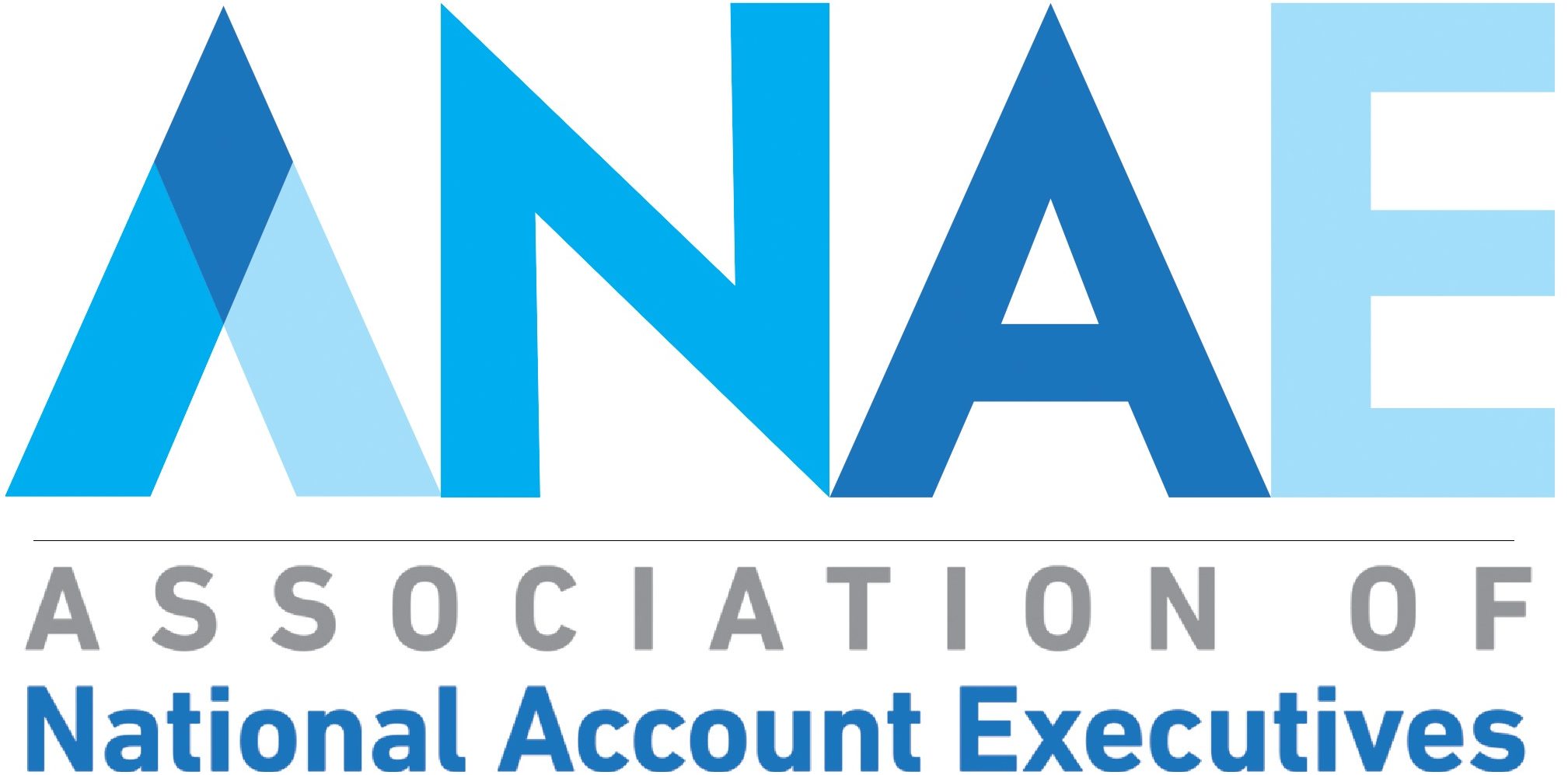Making a list…
It may seem like a no-brainer that maximizing the potential of purchased services by reducing variation means that contracts should be streamlined and, when possible, centralized. However, for many organizations this process is not just simple housecleaning; it requires both an enterprise-wide mentality shift and an operational one.
No matter how far along the presenting organizations were in their purchased services reform journey, they all agreed that the first step is finding and aggregating all of the organization’s service contracts. But it’s hard to find something if you don’t know what it is you’re looking for.
Before they can even take the first step on their journey to better purchased services, many providers face the hurdle of figuring out what exactly that means since there is not an industry consensus on what specifically is or is not a purchased service. This isn’t especially surprising given that even just five or six years ago most providers did not even have a distinct officer who was responsible for overseeing purchased services for the entire organization. Most of the speakers who represented provider organizations had been in their roles for less than two years (and even then they were often the first person in the role). “We are neophytes in this space,” said Valerie Ramsey, executive director of materials management for Grady Health System. “We are still crawling.”
Although some organizations are beginning to make headway and blaze a trail that others can follow, Laurie Plummer, project manager for BayCare Health System joked that she often feels like the “blind leading the blind,” saying that one of the biggest problems for provider-side supply chain executives is, “Just not knowing what we’re doing.”
The speakers at the Summit generally agreed that, however it is defined, an organization is likely going to have well over 100 purchased-services categories. Mark French, VP of vendor management & environment of care for Ochsner Health said that for his organization, purchased services are corralled into approximately 250 categories, which collectively fall into five major areas:
– Clinical (e.g., blood services, dialysis, lithotripsy, and perfusion)
– Finance/HR Services (e.g., credit-card processing, resource management, revenue-cycle management, and staff recruiting)
– Engineering and Maintenance Services (e.g., Biomed, elevator services, and surgical-instrument repair)
– Environmental Services (e.g., facility cleaning, linen services, sterile processing, and waste management)
– Support Services (e.g., ambulance, document management, food services, and transcription)
Once an organization knows what to look for, the real work of finding and aggregating the myriad purchased services contracts can begin. It’s a tall order, especially since most organizations’ purchased-services contract decisions have been decentralized and “made at a service-line-leader level over time,” said Keith Gregory, VP advisory solutions, MedAssets. As a result, the task of finding all of an organization’s contracts and getting them in one place can be massive and complex.
But providers know that the status quo has to change. Decentralized decision making is quickly becoming financially unfeasible. As IDNs continue to grow, a little variation here and a little variation there quickly adds up. And, as Mark McGuire, VP of strategic sourcing for Premier Inc, noted, “Some of these expenses are not inconsequential… [purchased services are] pervasive, they are in areas of the hospital that you wouldn’t expect. It’s right there in the lobby and it’s smacking you in the face and its millions of dollars’ worth of spend.”
French corroborated this. “As you look at each one of these categories there’s spend, there’s an associated contract, and in all likelihood there’s an opportunity with every single one of those contracts,” said French. “In every category we have looked at – every category that we have examined – there has been an opportunity. Whether it’s a financial opportunity or whether it’s an opportunity to improve the [terms and conditions], there has been something that we have gained by looking at these contracts.”
